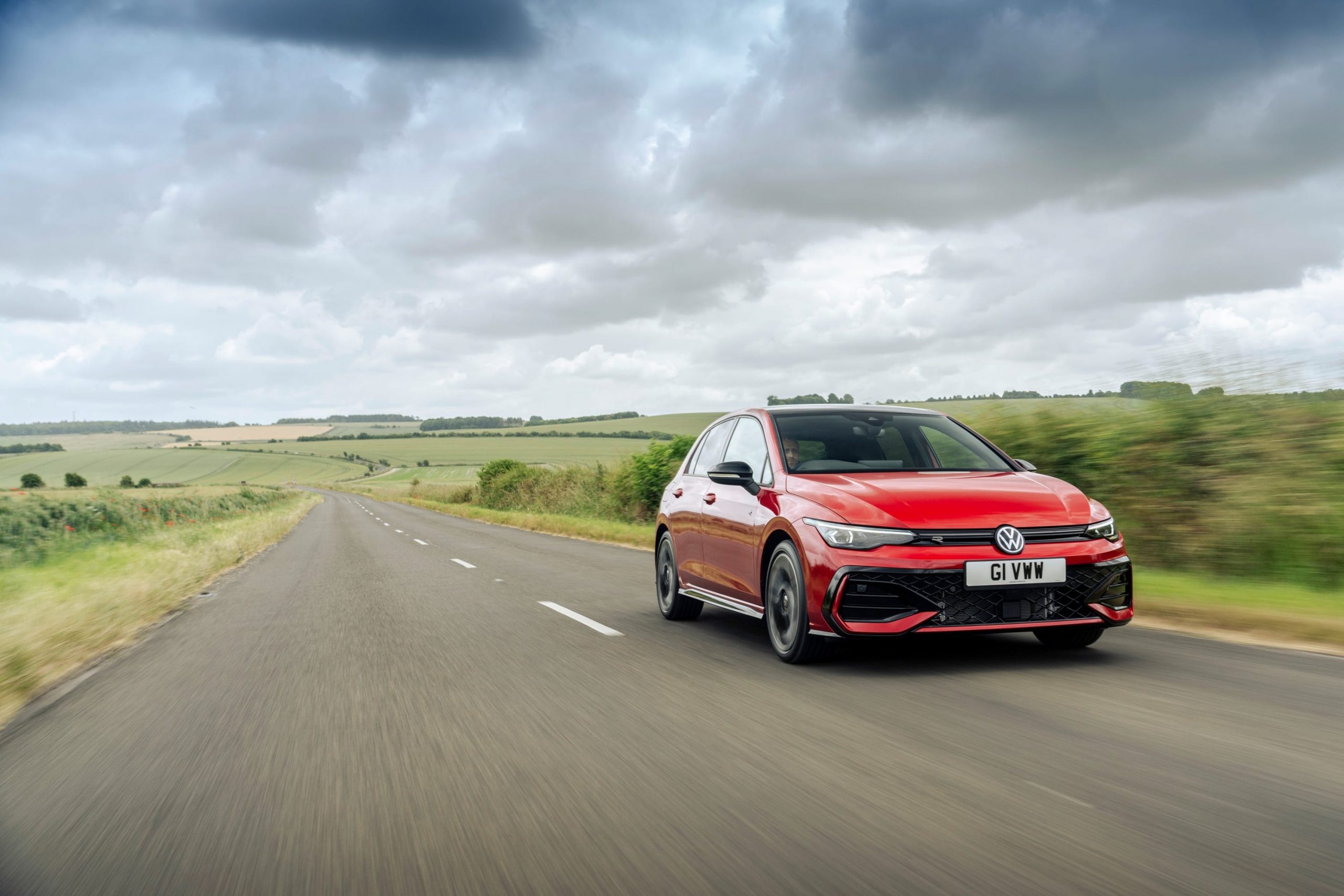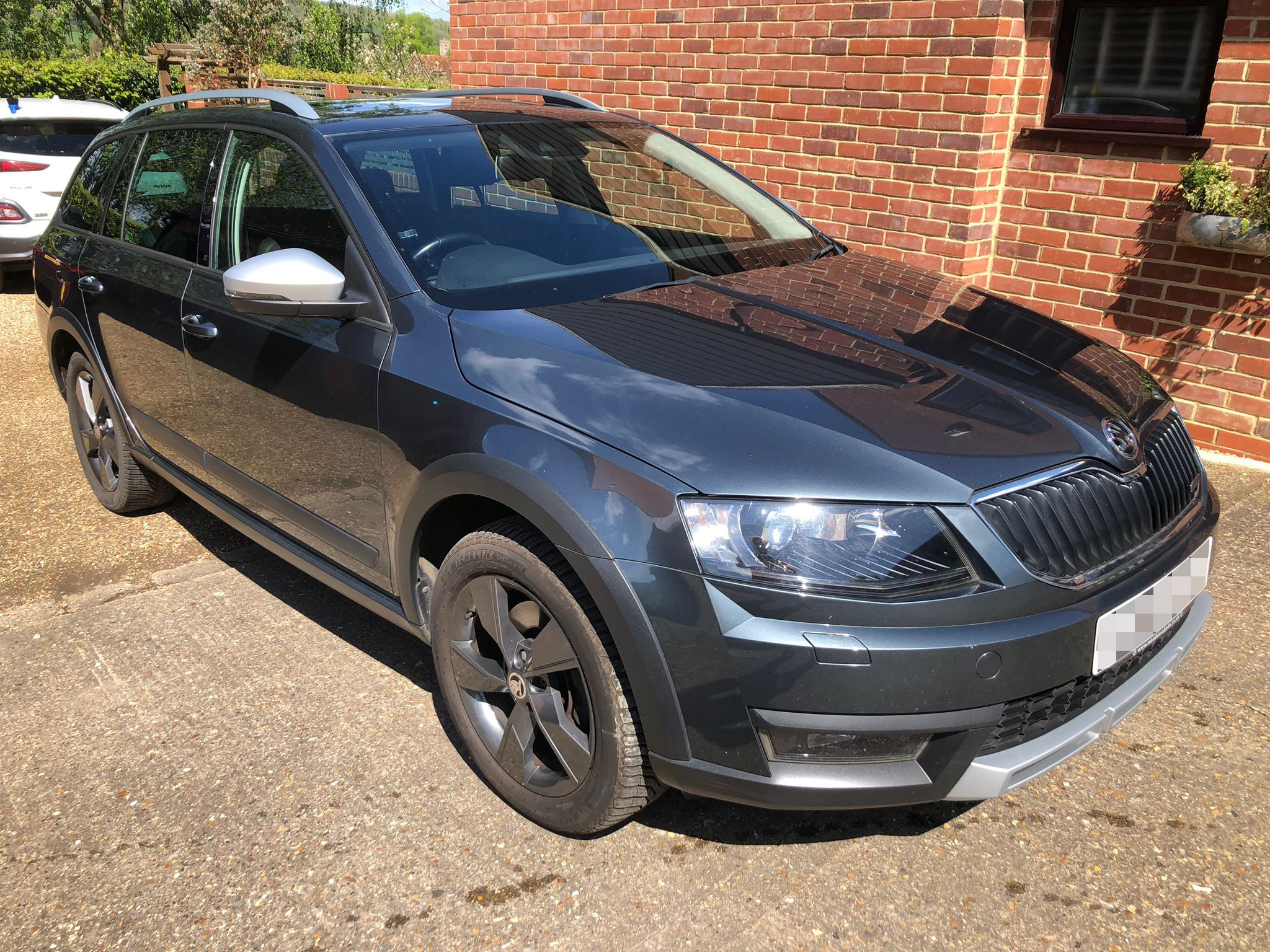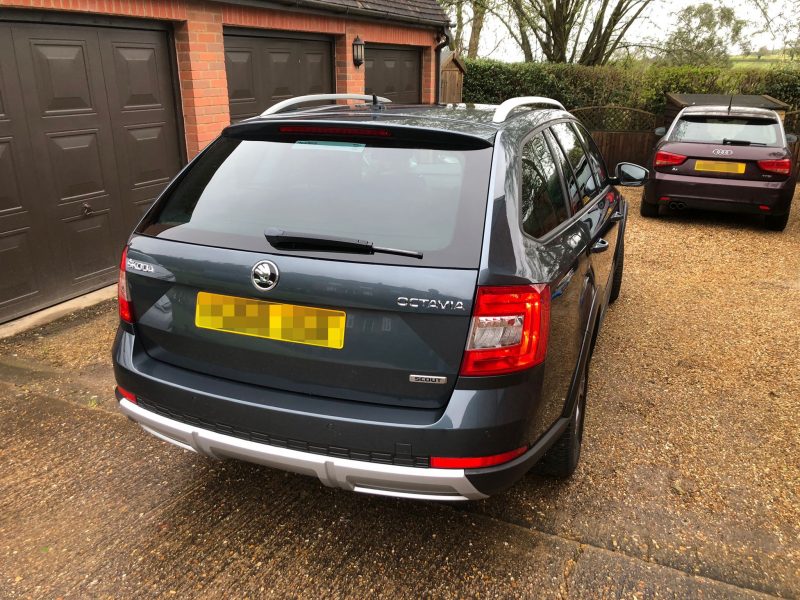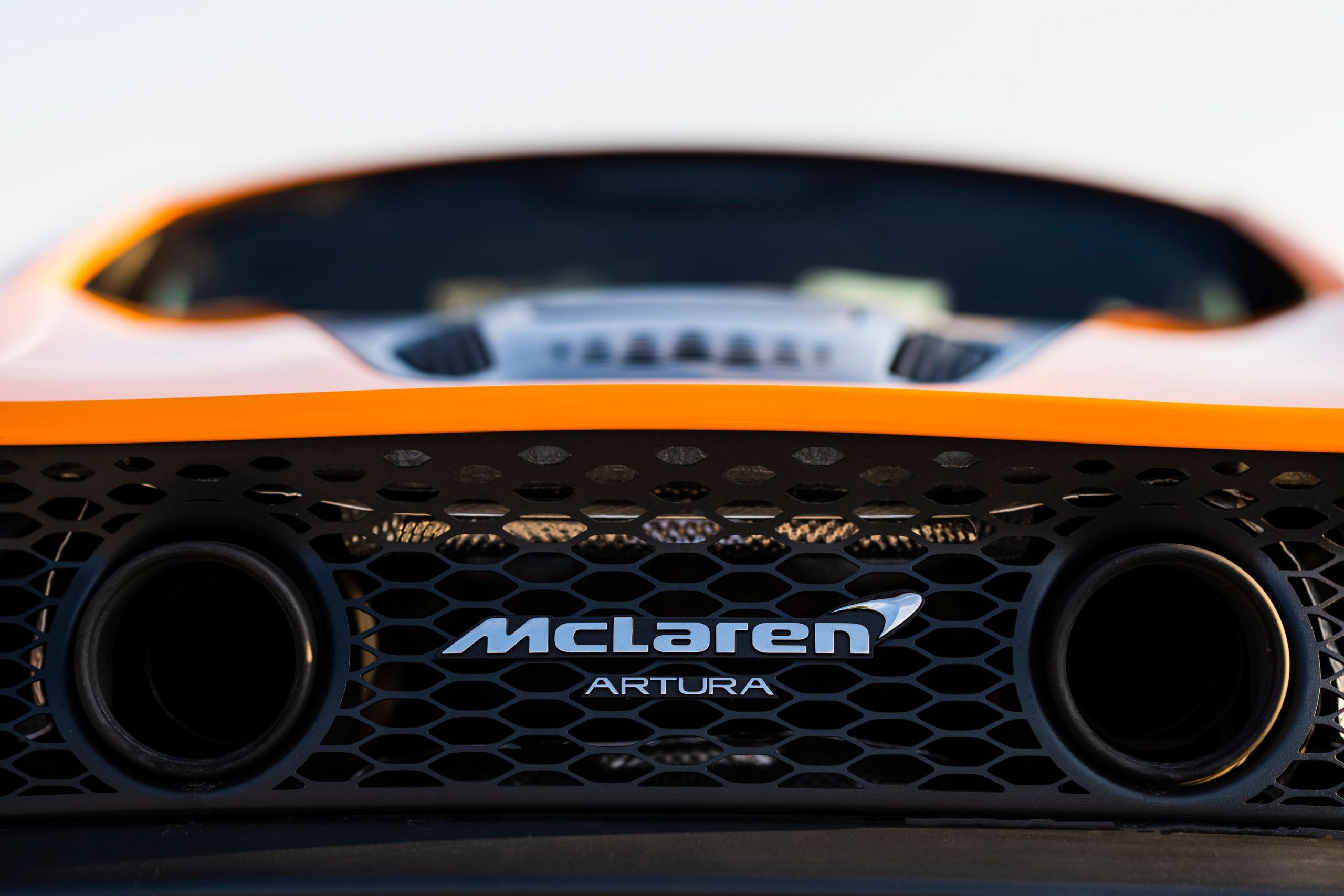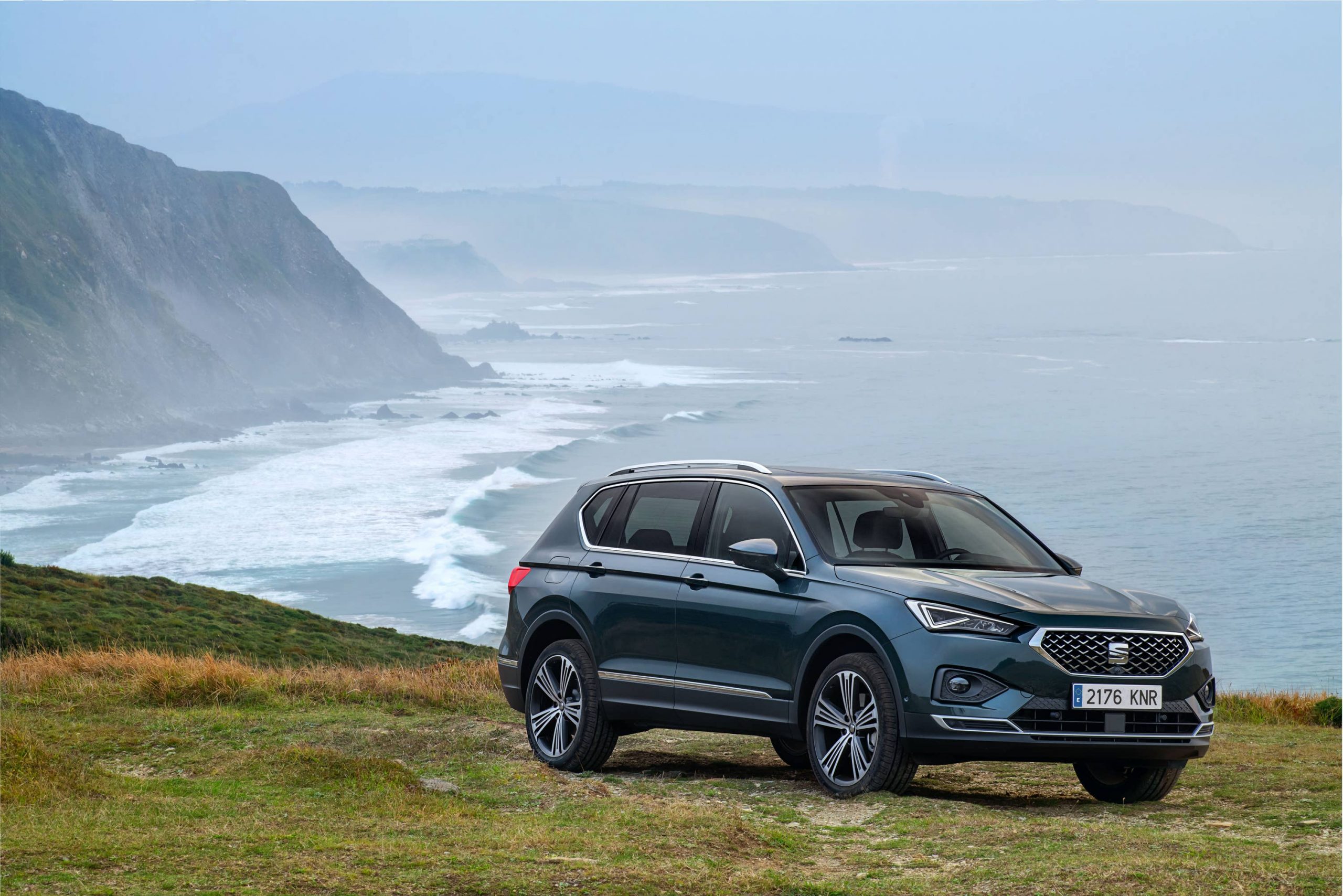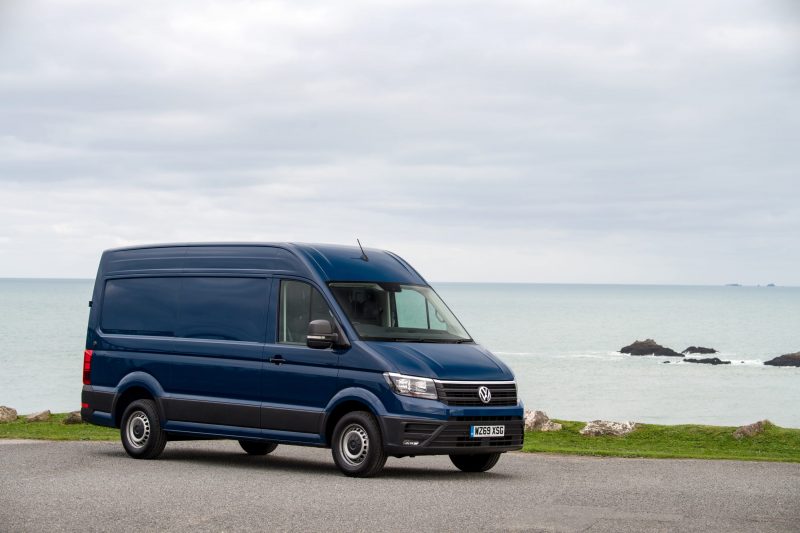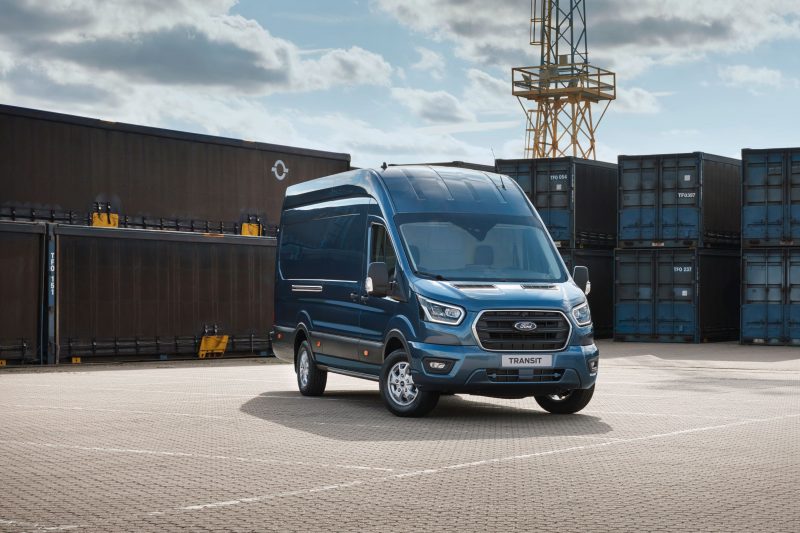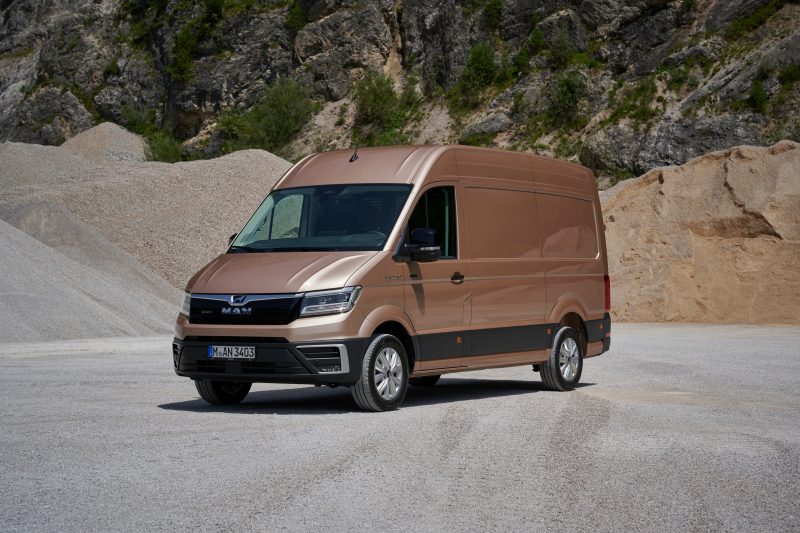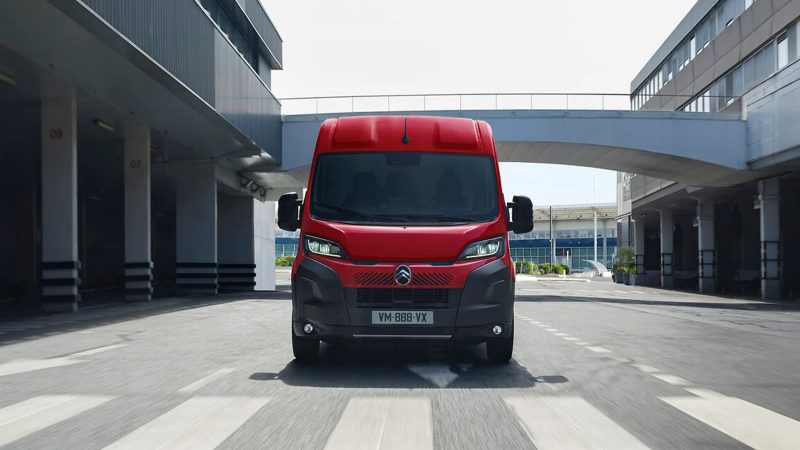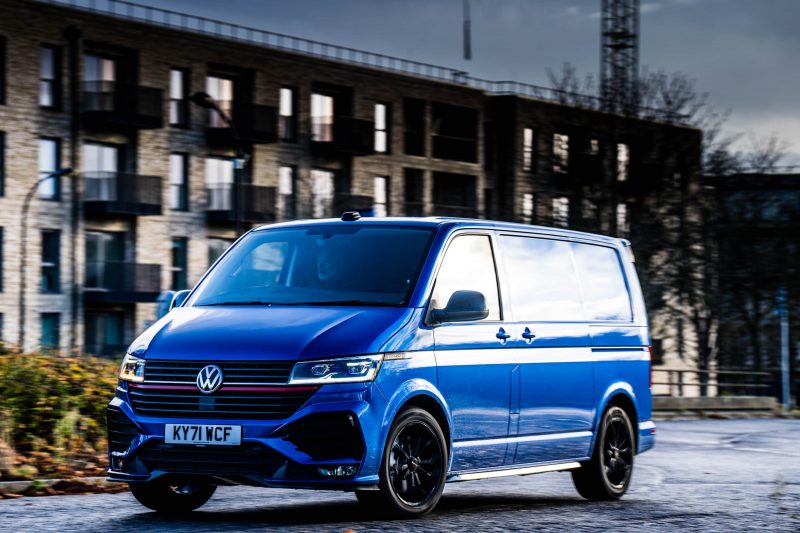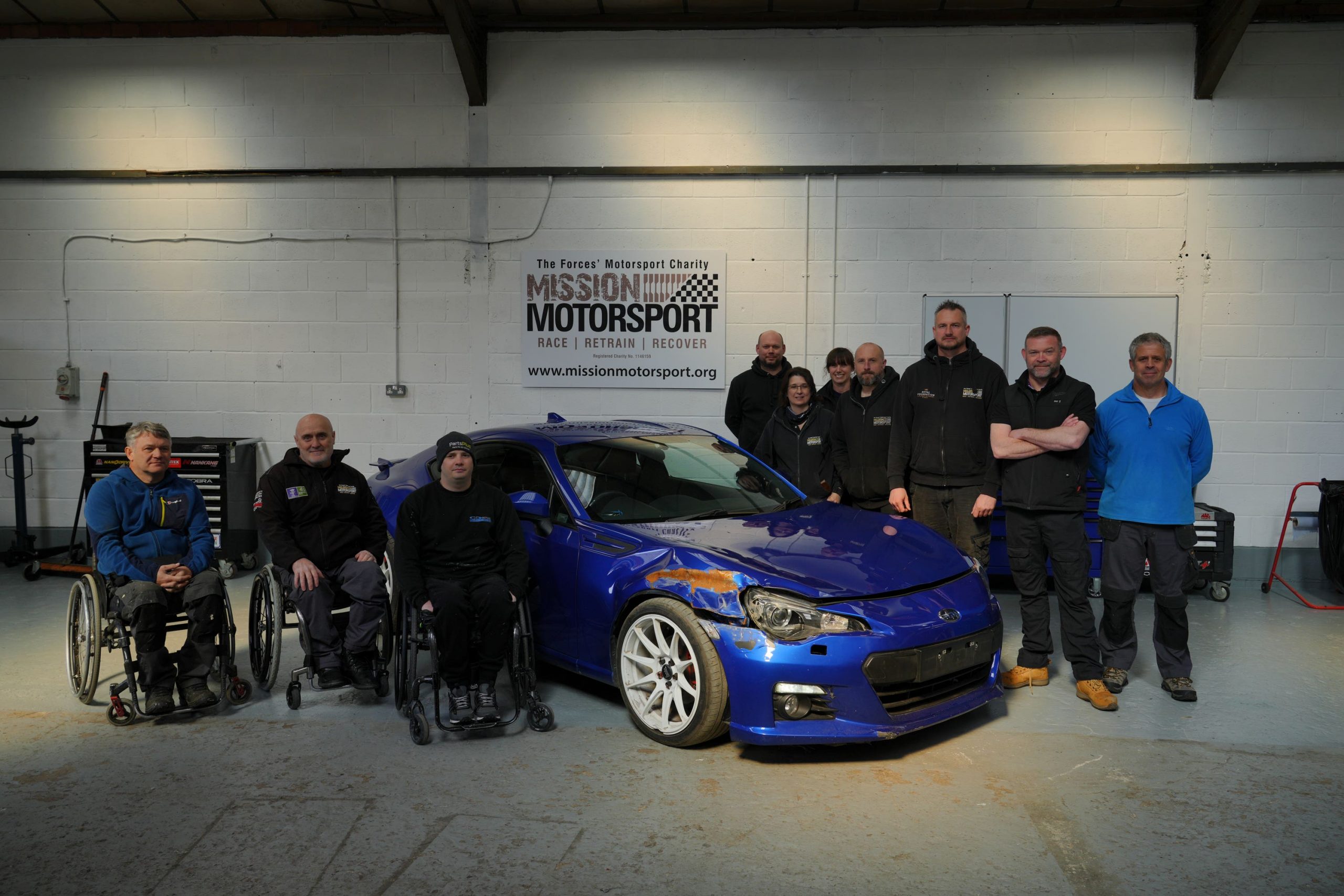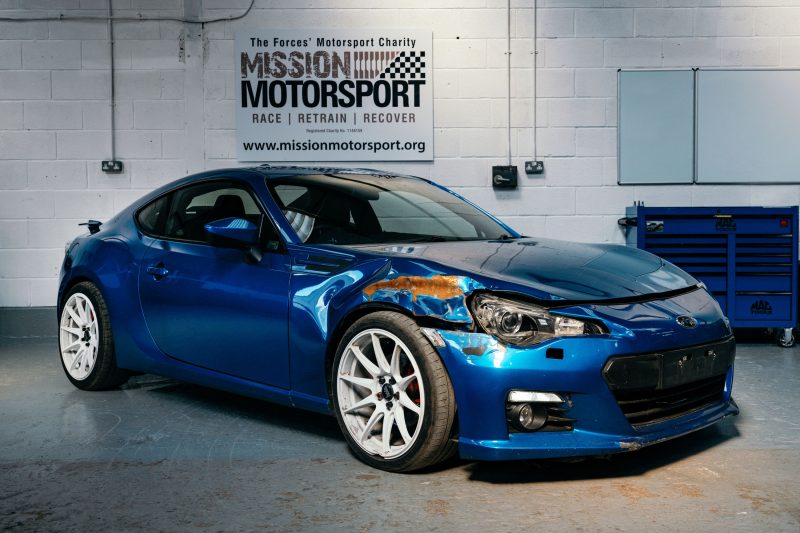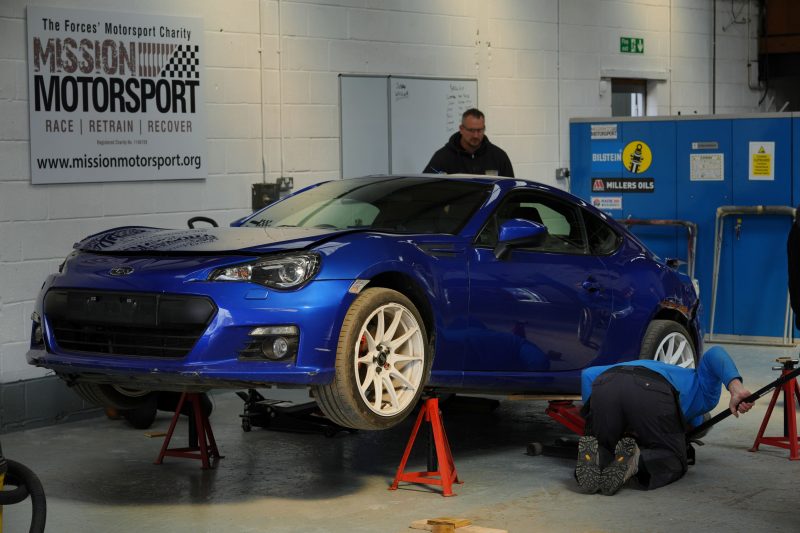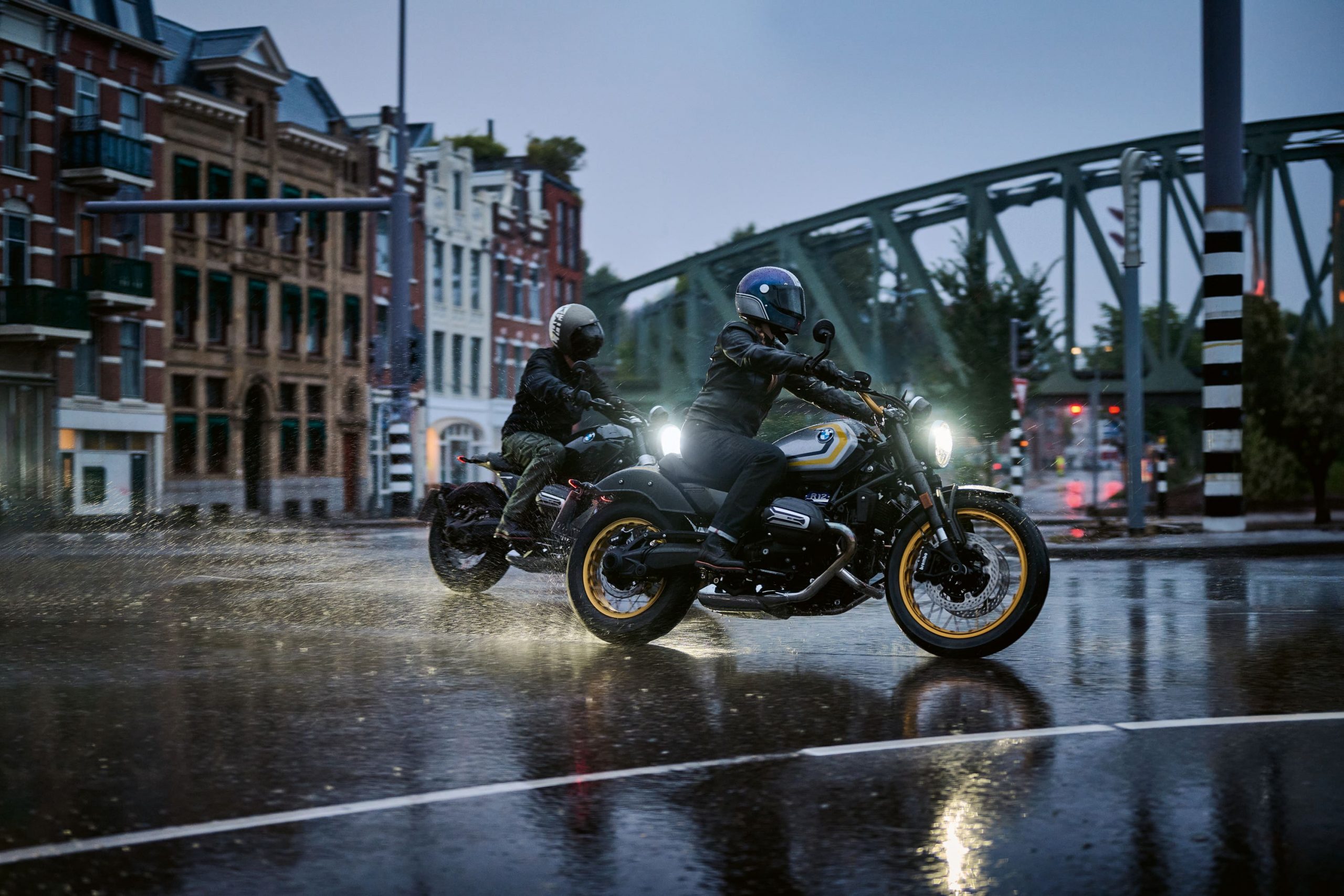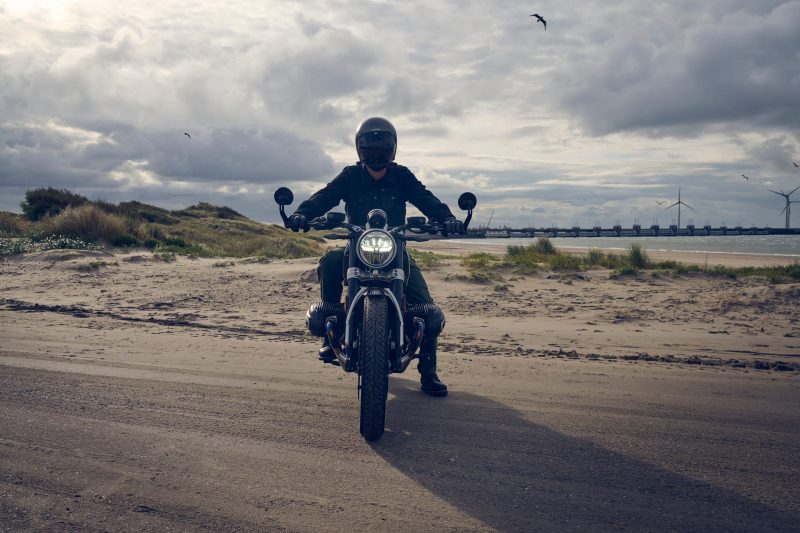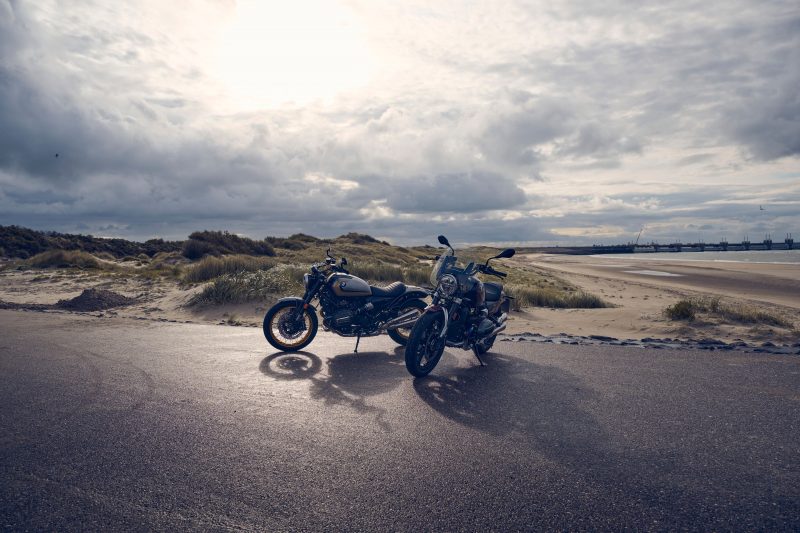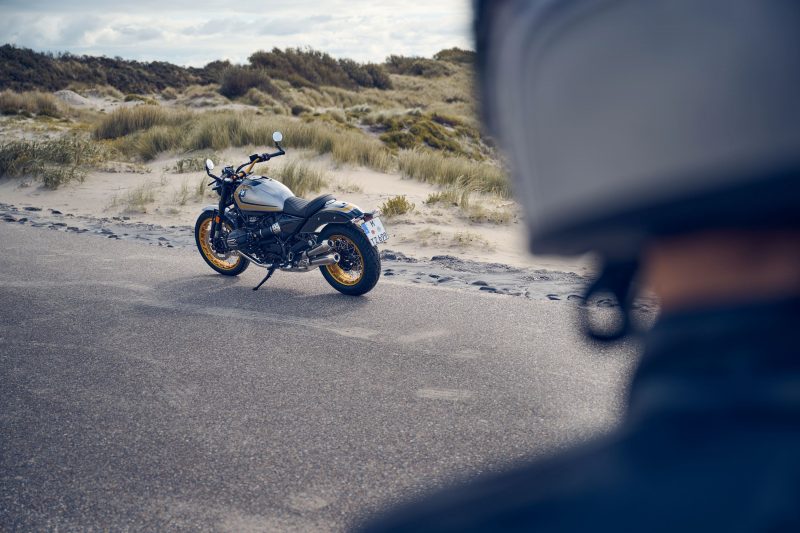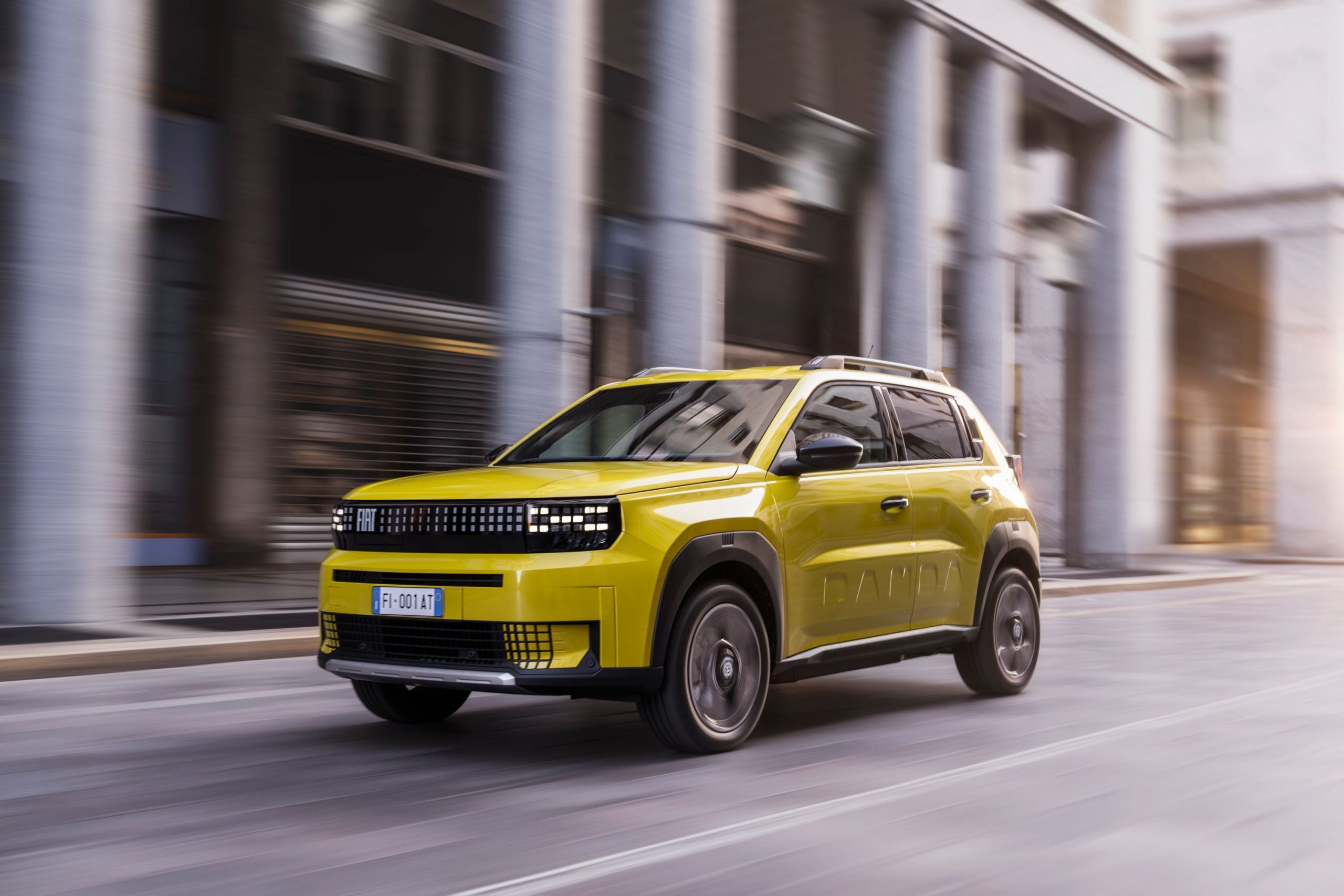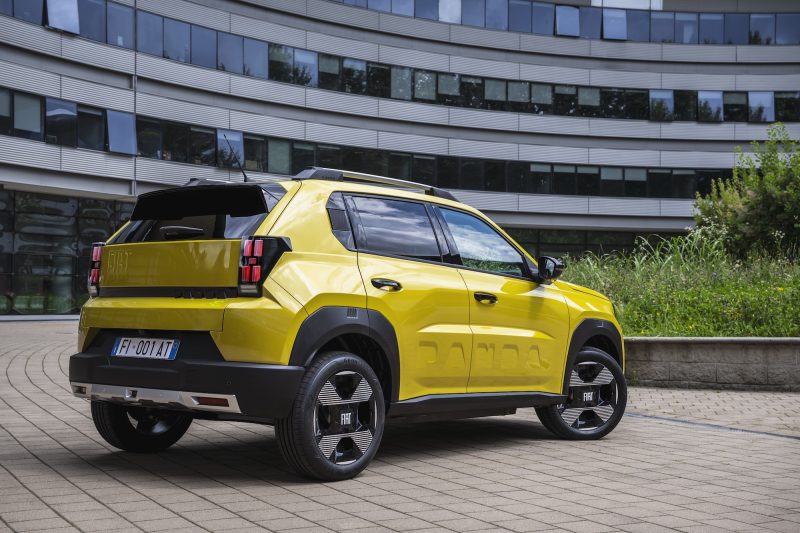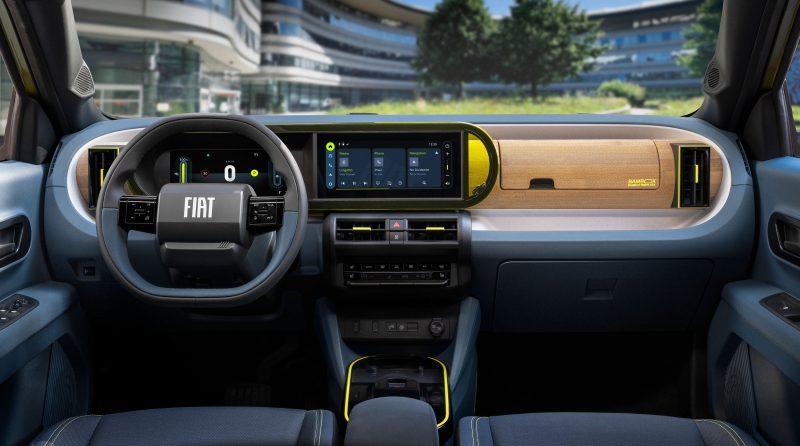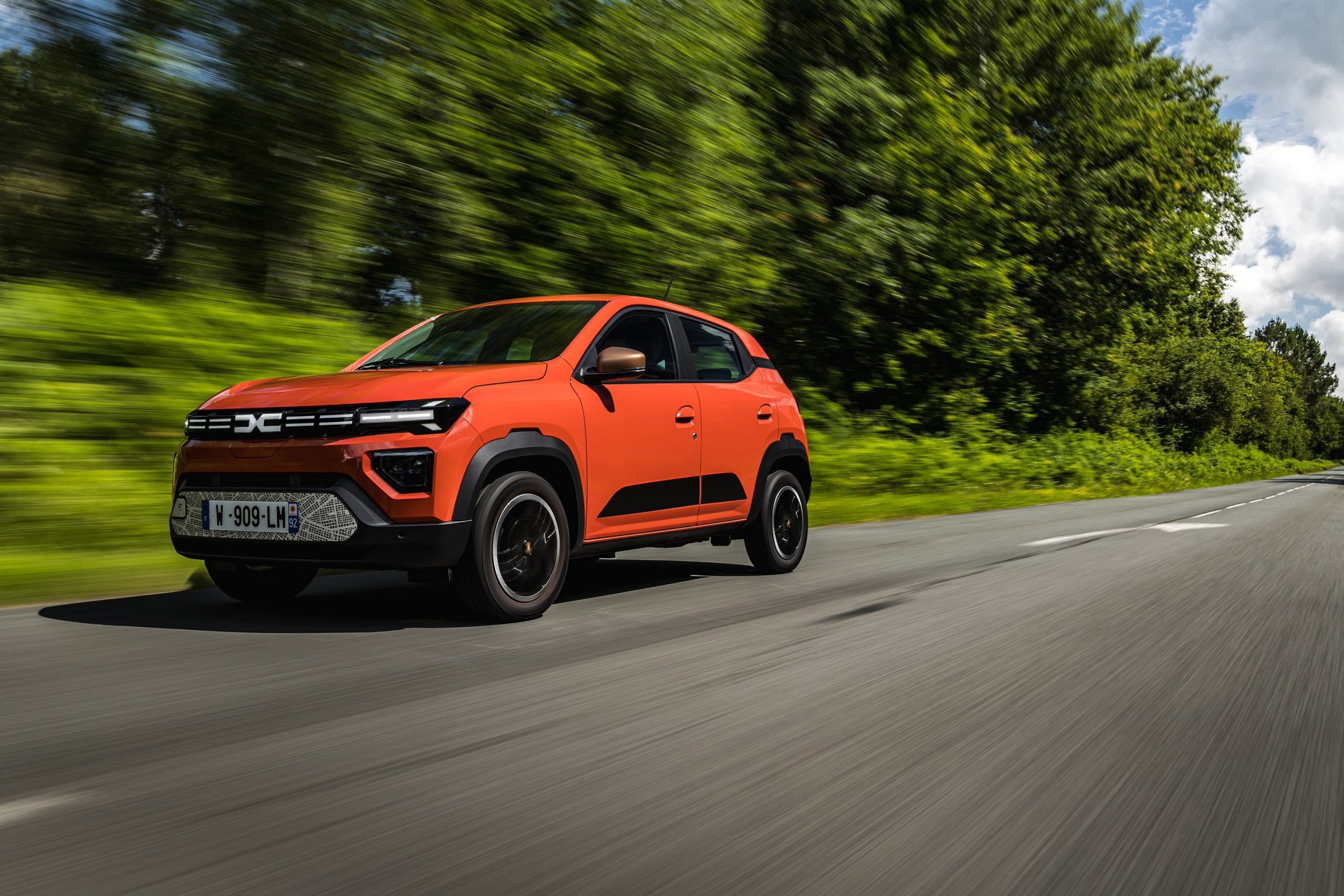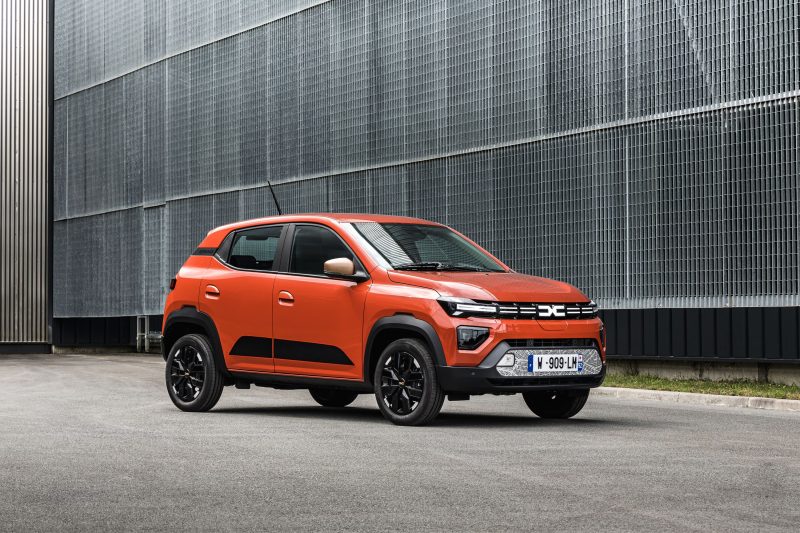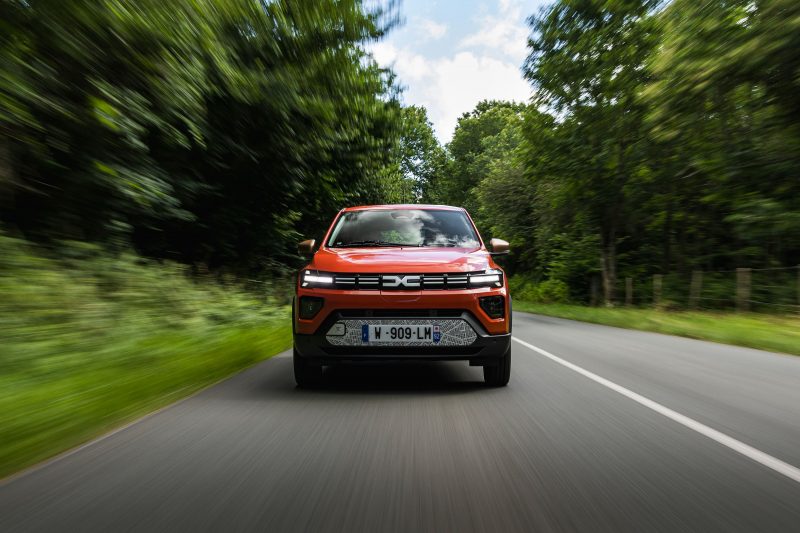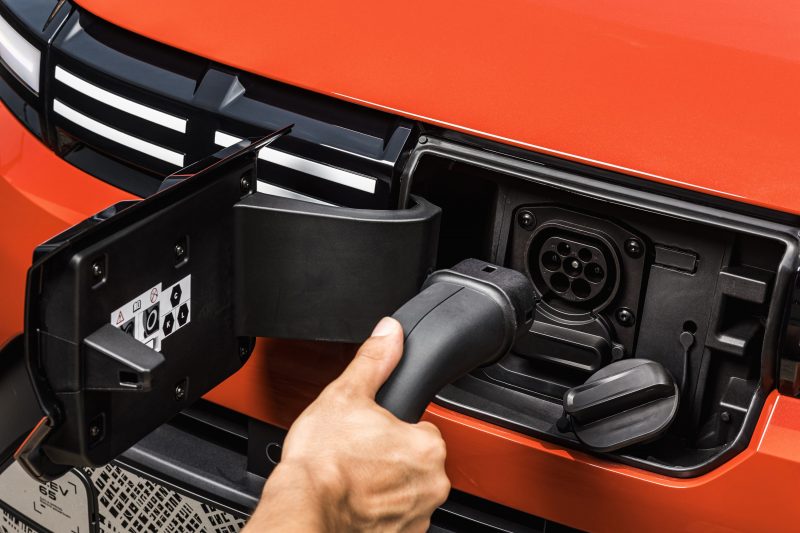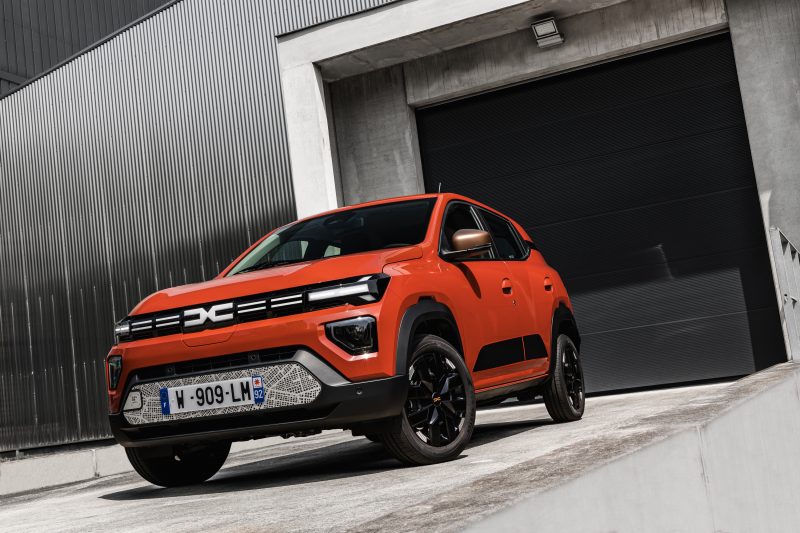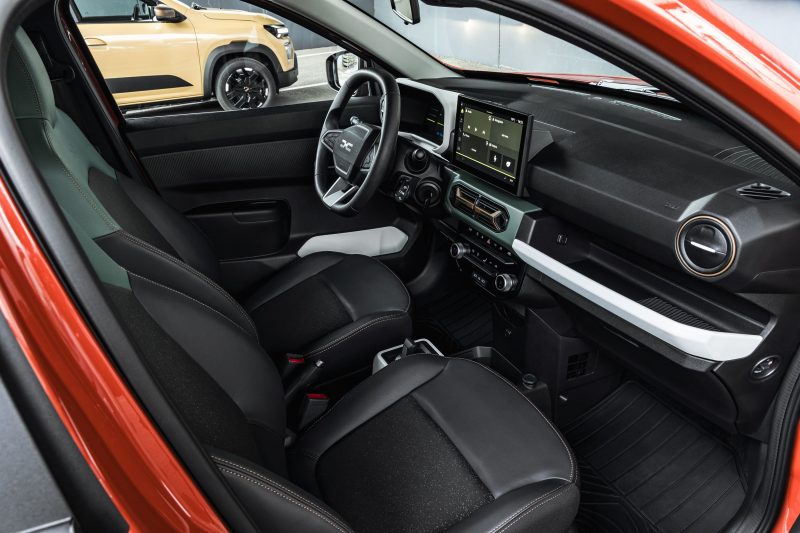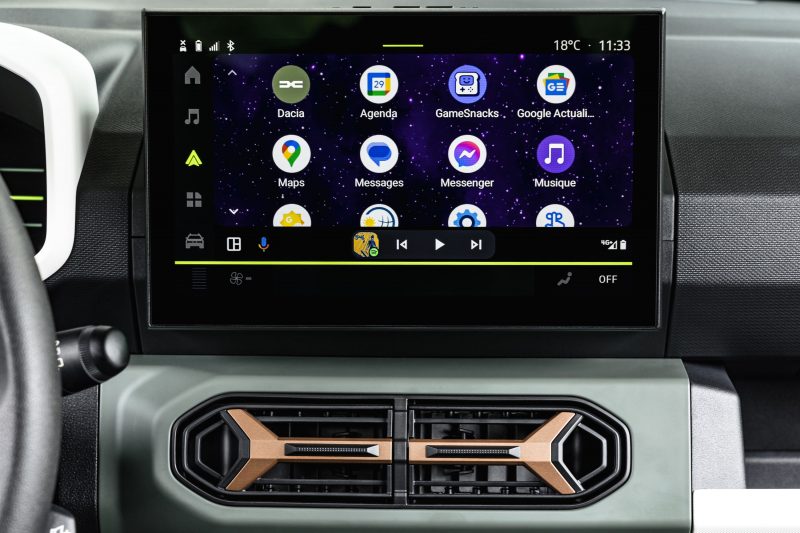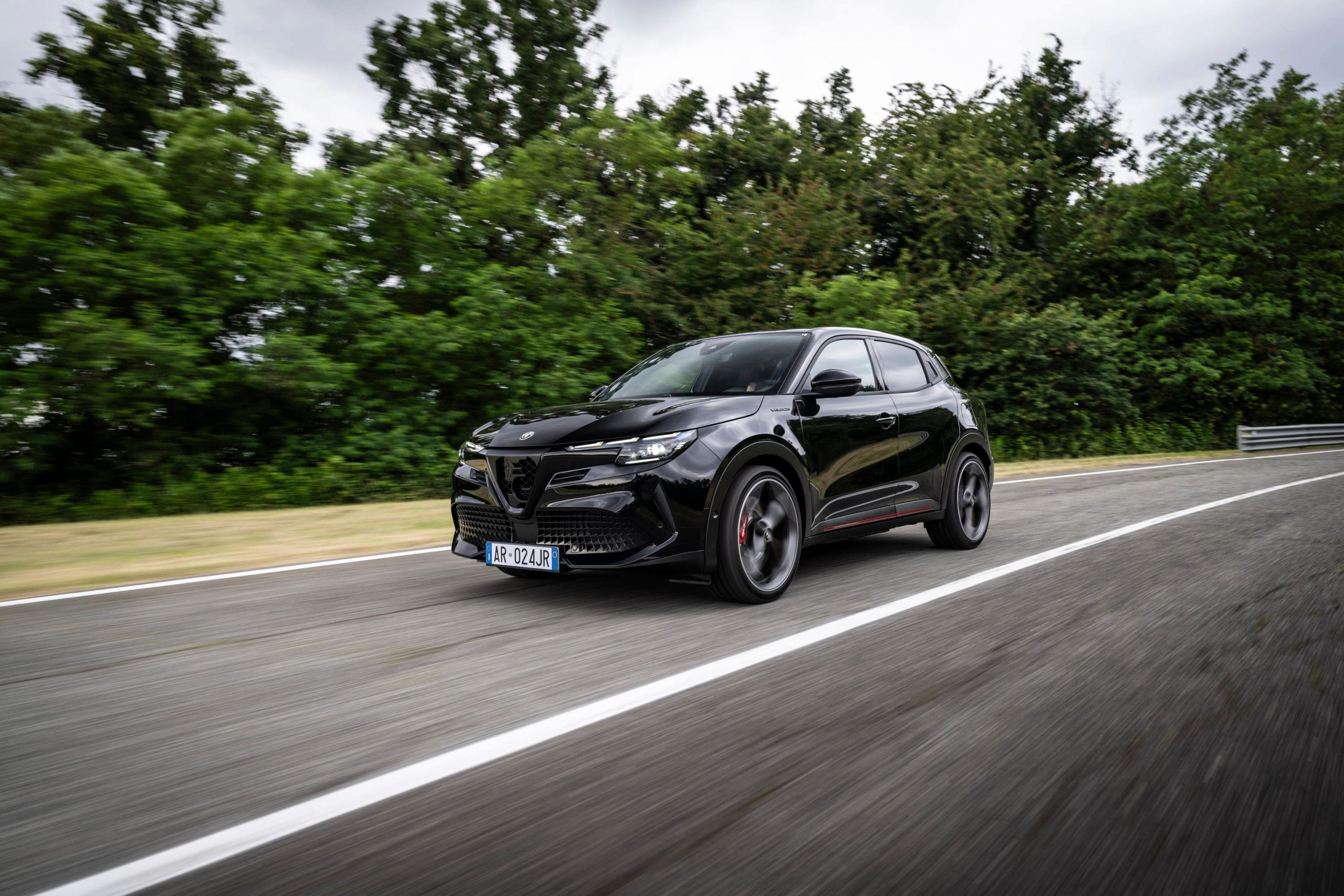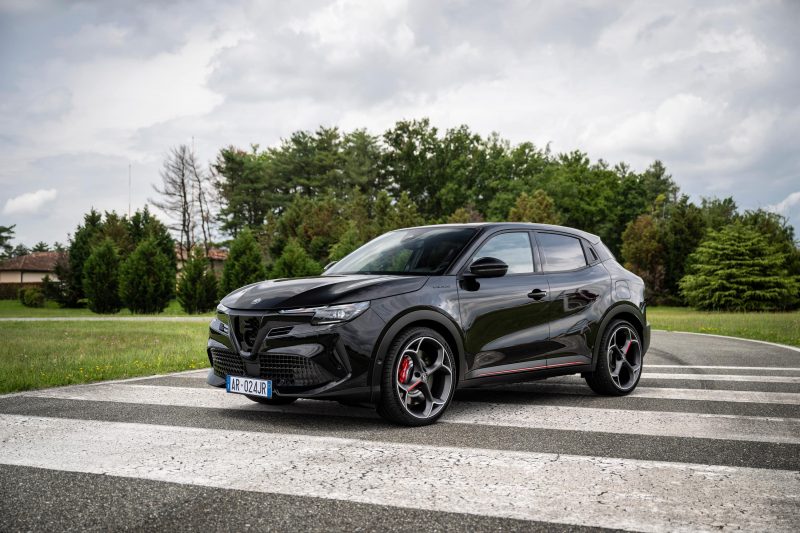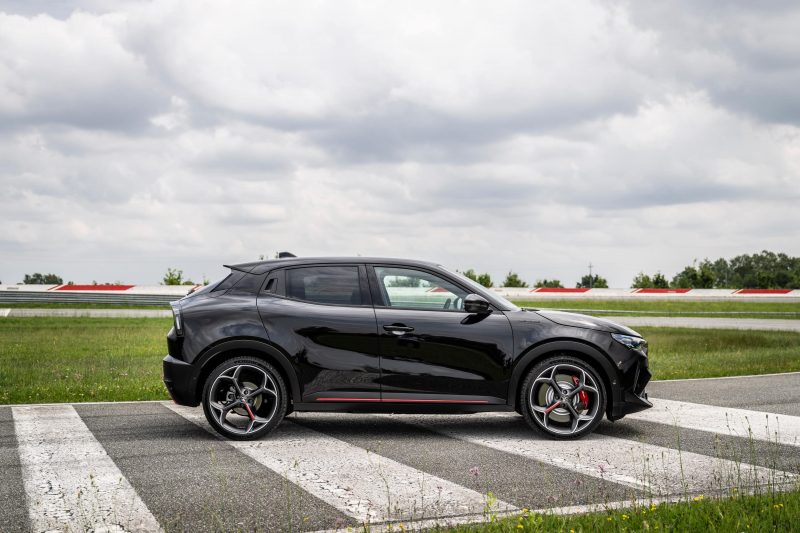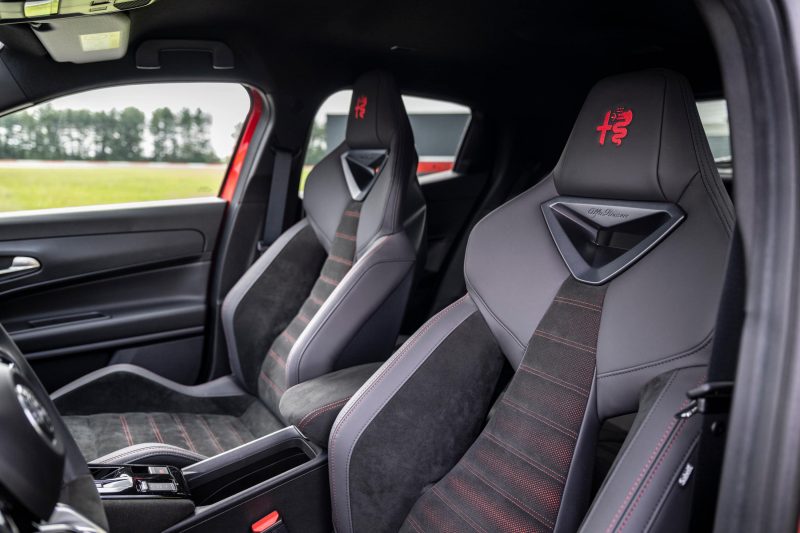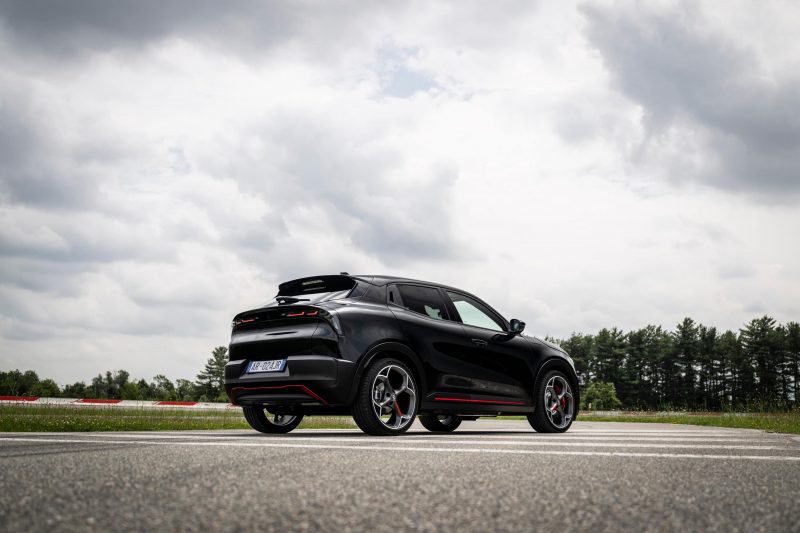The small family hatchback is one of the firm’s most important and successful models. Cameron Richards has driven the latest version.
What is it?
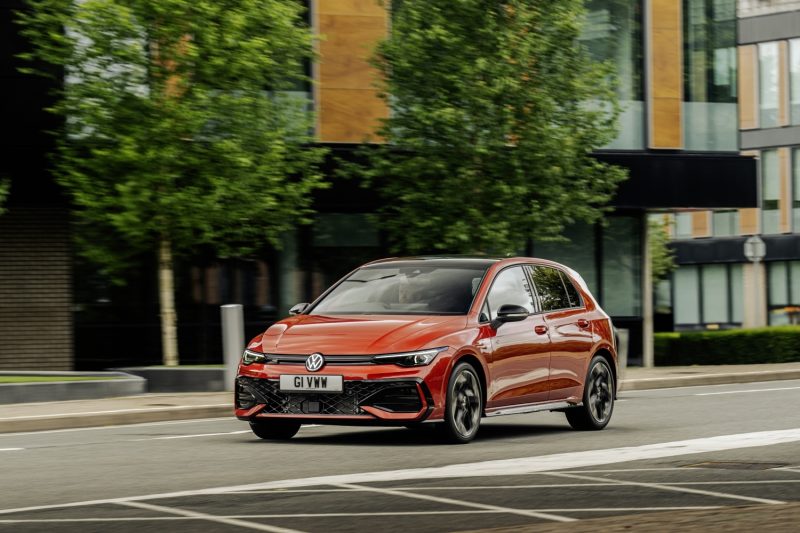
The Volkswagen Golf is now 50 years old, and in that time it has become a household name for the German brand. In fact, a total of 37 million have been sold worldwide.
Not only that, but it has also become the benchmark of the small family hatchback class as it demonstrates that quality, refinement, interior space and practicality needn’t cost the earth.
Available as a five-door hatchback or five-door estate, there are plenty of offerings available and now in its eighth iteration, the Golf has received a mid-life facelift to help it keep in touch with its competition from Ford and Vauxhall. We’ve been driving it in the UK to find out if the tweaks made improve the overall performance of this landmark model.
What’s new?
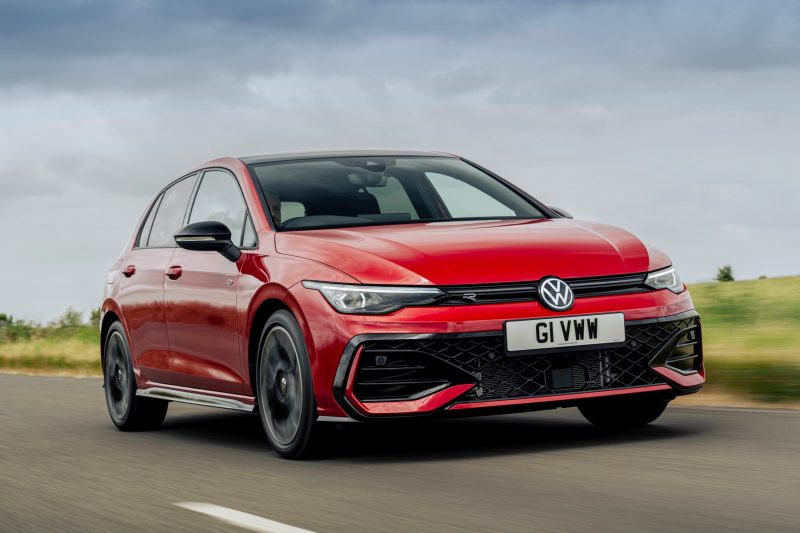
The Golf has always evolved subtly and gracefully with minor nips and tucks here and there to keep it looking sedate yet modern.
This latest version comes with an updated exterior that incorporates a new front end with redesigned headlights and taillights and there’s an illuminated Volkswagen logo, too, following on from other cars in the firm’s range which use this eye-catching feature such as the Touareg and ID.4.
Inside, there is an improved infotainment screen with updated software. It has been introduced to address some criticism voiced against the previous Golf’s screen setup which many found too cluttered. It’s not the only change made to silence critics – the fiddly touch-sensitive buttons on the steering wheel have been replaced with physical ones, too.
What’s under the bonnet?
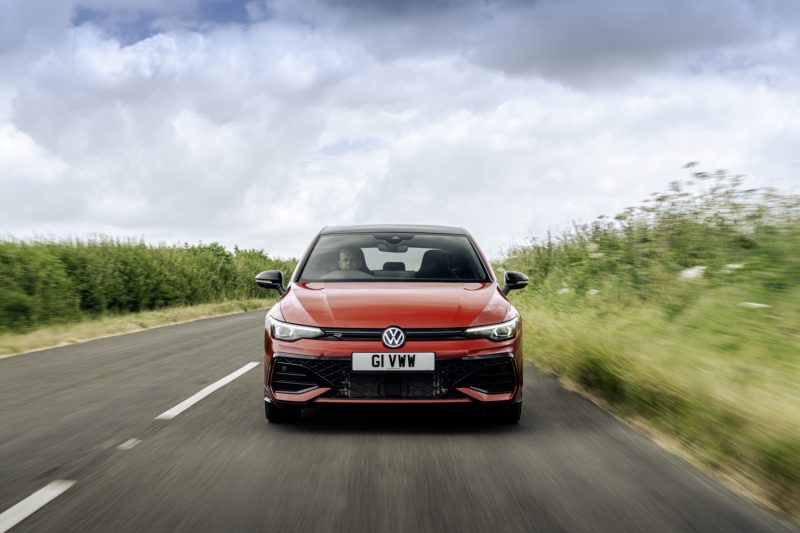
The Golf is available with a range of petrol, diesel, mild-hybrid and plug-in hybrid guises.
Our test car had the 1.5-litre TSi turbocharged petrol engine which is available with either manual or automatic transmissions and is offered in two power outputs – 114bhp or 147bhp. The former does 0-60mph in 9.7 seconds and has a top speed of 126 mph while the latter can do 0-60mph in 8.4 seconds with a manual transmission or 8.2 seconds when equipped with Volkswagen’s DSG automatic. Go for this second transmission – like the one fitted to our test car – and it comes with mild-hybrid technology, too.
What’s it like to drive?
Driving the latest MK 8.5 Volkswagen Golf. Always an added bonus when the sun is out on a car launch. ☀️ pic.twitter.com/CRO1sbbkTM
— Cameron Richards (@CamRichards13) July 18, 2024
It’s easy to see why the Golf is the king of all the small family hatches. Out on the road, it performs incredibly well.
We were driving the 1.5-litre eTSi turbocharged petrol with a seven-speed DSG gearbox. The engine feels reasonably punchy while the mild-hybrid technology allows the Golf to run on electric-only power at very slow speeds, which helps it to crawl through traffic in relaxing silence.
However, the automatic gearbox can be a little hesitant and does make the engine quite vocal when accelerating hard. Overall refinement is excellent though, with very little wind, tyre and road noise entering the cabin.
Visibility is also good with large side windows and a clear view of the road ahead. The seats, meanwhile, are comfortable and supportive while the driving position is good with a lot of adjustment allowing you to easily get comfortable.
It also handles well with impressive levels of grip through the bends. But, even though it’s good to drive, the Golf still feels a little sober and doesn’t have much character. Numb steering and a rather bland engine note don’t help things, but after all, this is no performance car.
How does it look?

Throughout every generation, the Golf recipe has stayed the same. This latest model is a continuation of the Golf’s inoffensive approach to design which, though a little dull in places, is pretty much what we’d expect from this hatchback. After a little more exterior flair? Head in the direction of the mechanical twin to the Golf, the Seat Leon.
The side profile remains almost the same as the outgoing model and at the back, the rear bumper has dropped the fake-looking exhaust tips in favour of a larger chrome strip that runs the lower part of the car – and there is a new rear diffuser to give the Golf a slightly sportier edge. Overall, you would have to be a real Volkswagen aficionado to spot a lot of the changes externally.
What’s inside like?

Volkswagen products always have plush interiors, and this facelifted Golf is no exception. New high-quality materials are used throughout and there is a larger 12.9-inch infotainment screen and 10.2-inch instrument cluster that Volkswagen calls ‘digital cockpit pro’.
You’ll find that voice assistance and ChaptGPT are now standard across the range as well, helping to make it easier to interact with various functions of the car without having to use the main screen. Touch sensitive steering wheel buttons have now been replaced with physical ones, however, the volume control for the stereo still relies on haptic feedback and is hard to use on the move.
The cabin is thoroughly well thought out with felt-lined door bins and a generous glove compartment helping to make the interior feel a little more spacious and practical. Rear leg and headroom are one of the best in class, thanks to the car’s boxy design, but the large transmission tunnel will make it harder for someone to sit comfortably in the middle.
Boot space stands at 381 litres which is slightly more than a Ford Focus but not as spacious as the 410 litres found in the Honda Civic. However, the Golf’s rear seats do fold completely flat and there is some underfloor storage to eke out as much space as possible.
What’s the spec like?
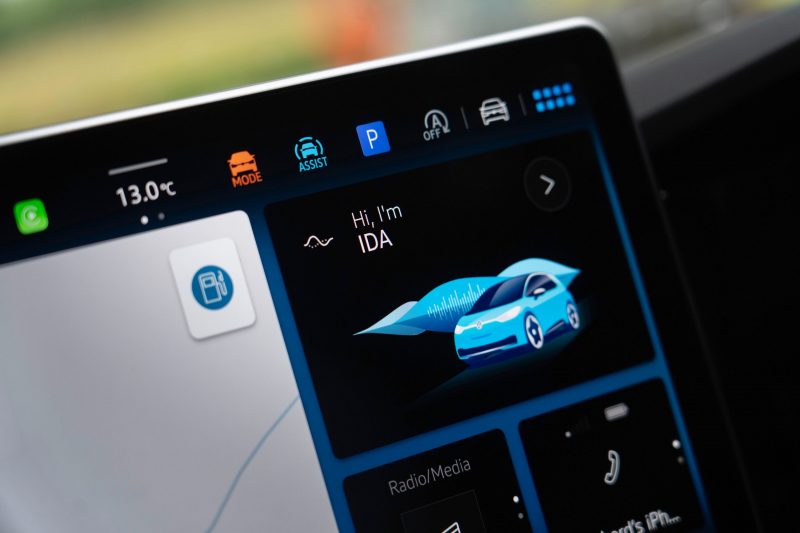
If variety is what you’re after with your next car, then you’re bound to find something that’ll fit the bill in the new Golf’s list of specifications with Life, Match, Style, R-Line, Black Edition and GTE trim levels all there to choose from. Switch to the estate and you’ll find Life, Style and R-Line trims all available instead.
Our test car was finished in R-Line specification which is priced at £30,285, and includes a body kit and sportier bumpers, sports seats and steering wheel.
Higher up the range is the Black Edition which adds larger 18-inch alloy wheels, black door mirrors and LED taillights but bumps the price up to £31,285.
Verdict
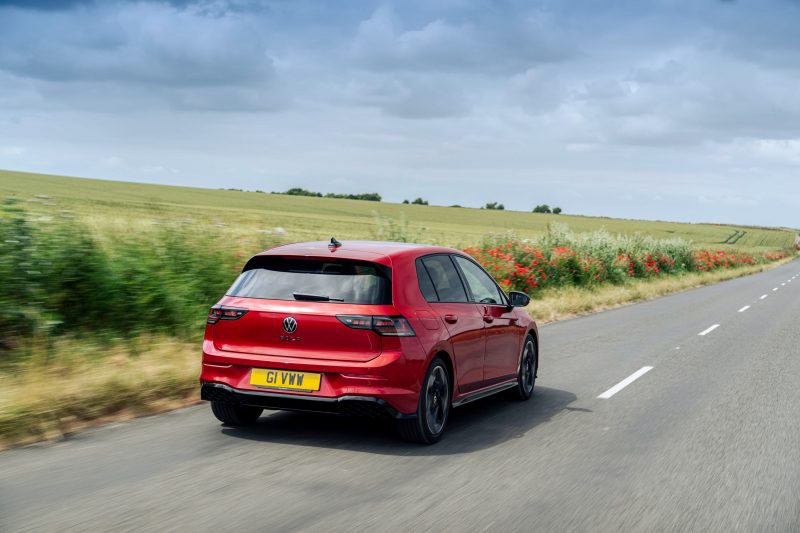
After half a century, the Golf still remains the king of the hatchback class. It does everything just right. It’s sensible, safe, practical, good to drive, affordable to run and is a nice place to sit.
Sure, there are other cars in this sector that offer a better driving experience and are more exciting to look at, but the Golf still has a classless image that will age like a fine wine. In short, the Golf is still the one model that every car maker should see as a benchmark.
Facts at a glance
- Model as tested: Volkswagen Golf R-Line eTSi S-A
- Price as tested: £35,250
- Engine: 1.5-litre eTSi turbocharged petrol
- Power: 147bhp
- Torque: 250Nm
- 0-60mph: 8.2 seconds
- Top speed: 139mph
- CO2 emissions: 122g/km
- MPG: 53.3mpg
By Cameron Richards

